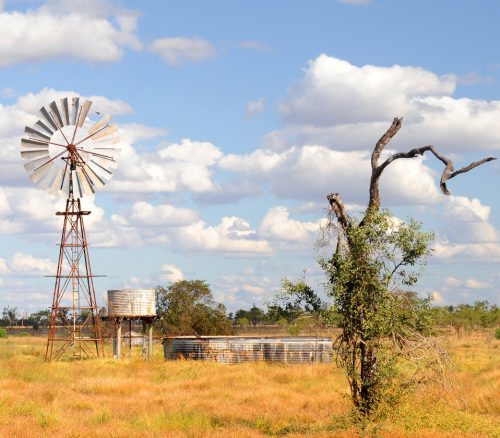Climate Change in the MWI Region
The Intergovernmental Panel on Climate Change (IPCC) released their Sixth Assessment Report this week. The report states that it is “unequivocal” (beyond any doubt) that human activity has led to the warming of the atmosphere, ocean and land.
But what does this mean for the health of our local waterways in the Mackay-Whitsunday-Isaac Region? We break down the IPCC Report into the factors most likely to impact our local communities and waterways.
While annual rainfall over north-eastern Australia has decreased over the last 50 years, periods of heavy rainfall and flooding are predicted to increase. Local farmers can expect wet seasons to get wetter, and dry seasons to get drier. An increase in short periods of heavy rainfall will pose management challenges for on-farm retention of pesticides and fertiliser, and will likely increase land erosion into nearby waterways. With lower rainfall across the dry season, farmers will likely rely more heavily on irrigation to maintain their crops.
Worldwide, marine heatwaves have doubled in frequency since the 1980s, and will continue to increase in intensity, duration and spatial extent. This is worrying for the Great Barrier Reef, as prolonged marine heatwaves often lead to coral bleaching. Three widespread bleaching events have occurred on the Reef in the past six years (read our summary here). We expect these events to become more common, impact on larger areas of the Reef, and likely result in higher coral mortality.
The East Australian Current (EAC), running southward along the Great Barrier Reef, is warming four times faster than the global average. This current is the primary driver of the environmental patterns and migration of marine species up and down the East Coast. Changes to the EAC will likely impact many species of commercially important fish and invertebrates, as well as turtles, dolphins and whales.
The intensity of tropical cyclones is predicted to rise worldwide. With the Whitsunday community, coral reefs and seagrass meadows still recovering from the Category 4 Tropical Cyclone Debbie in 2017, an increase in the number of Category 4 and 5 cyclones could be damaging to our local communities and ecosystems.
To read the full report, head to the IPCC website or for a easy-to-read summary check out The Conversation article here.

Collinsville (Photo credit: Tourism Whitsundays)




